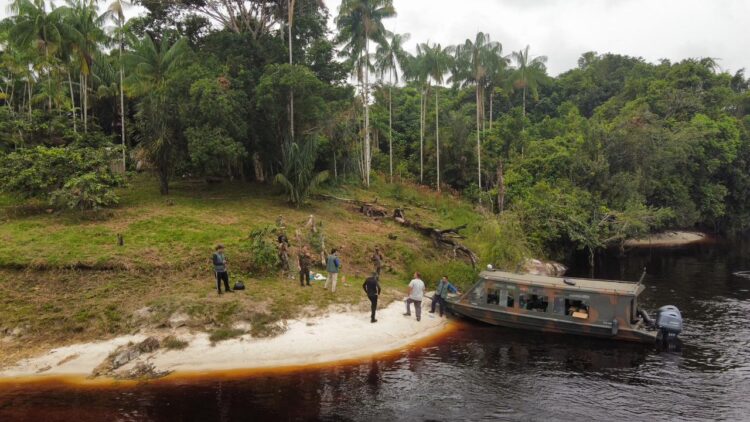
The frontier army in Brazil are embedded in the jungle to control the border against drug trafficking.
From their virtually-inaccessible base camps it’s important that the communication and surveillance technology they use runs as reliably as systems along a city street …but in truth that just wasn’t happening. The time had come to rip out the ad-hoc power generation plants and replace them with state of the art installations which would provide reliable power for many years ahead. The problem was getting it there!
The army themselves undertook to deliver the pre-built factory-tested power systems in well-manned, well-planned operations.
The remotest installation-site took 24 days to reach as the team frequently found themselves hacking through the jungle to proceed along little-used dirt track roads and over unmapped rivers.
In places they had to literally build the road infrastructure, including temporary bridges, so that the HGV could reach its destination.
In inhabited locations ferries were in operation, but lifts and ground reinforcement measures had to be taken in order to load the army vehicles.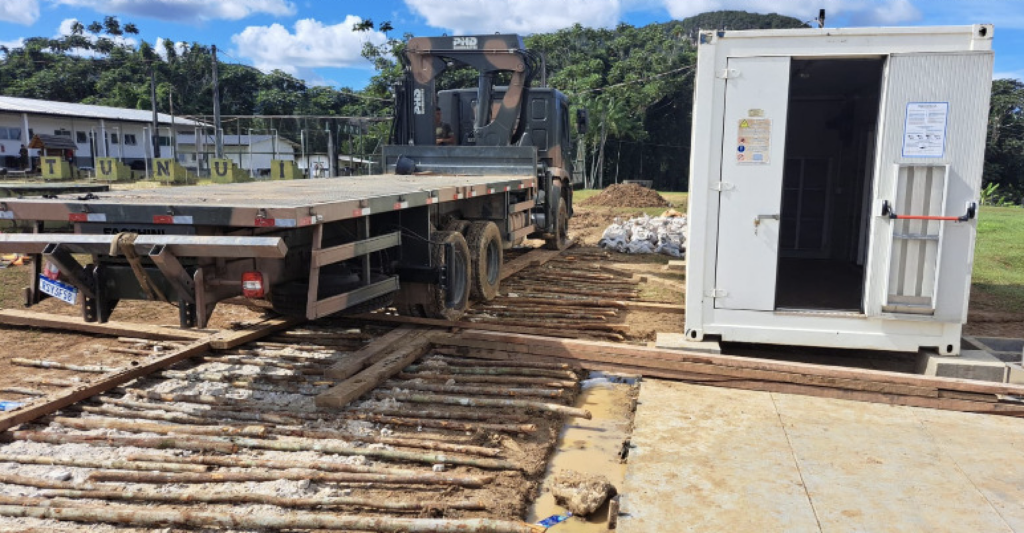
In one location – in order to pass under some low-hanging power cables – soldiers stood on the truck roof holding brooms to lift the power cables out of the way!
Elsewhere, a truck became inundated in water – sinking low enough to flood one of the containers it was carrying. Fortunately the truck was recovered before the water level became deep enough to damage the power equipment it contained.
Prior to the departure of these expeditions, of course, it was essential to check and then double check that all necessary tools had been included in the shipment. Even a missing screwdriver would mean a six-day delay whilst it was being procured.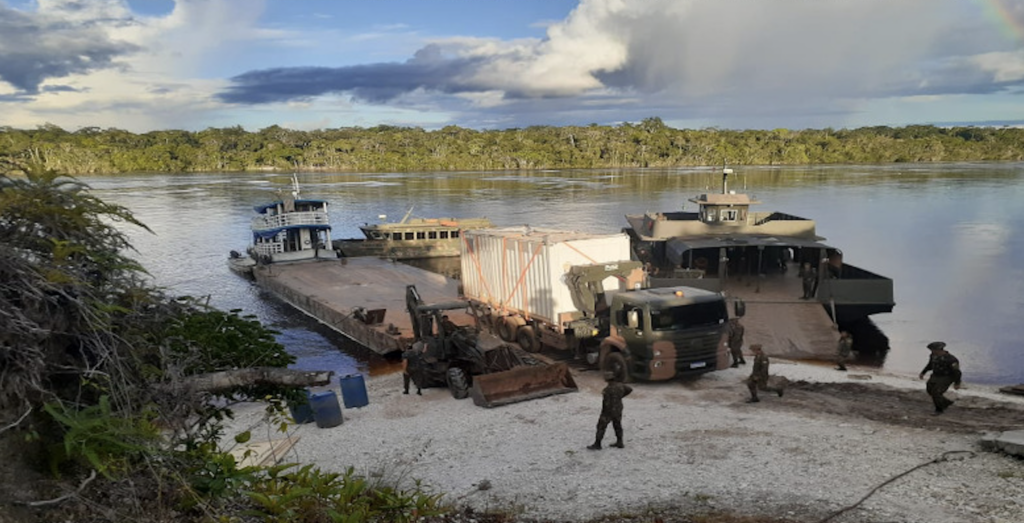
State of the art devices with clever programming
That installation has six Quattro 48/15kVA Inverter Chargers which are configured for off-grid supply in two 45kVA cascade systems controlled by a Programmable Logic Controller (PLC) – communicating via Modbus with two Cerbo GX communication devices.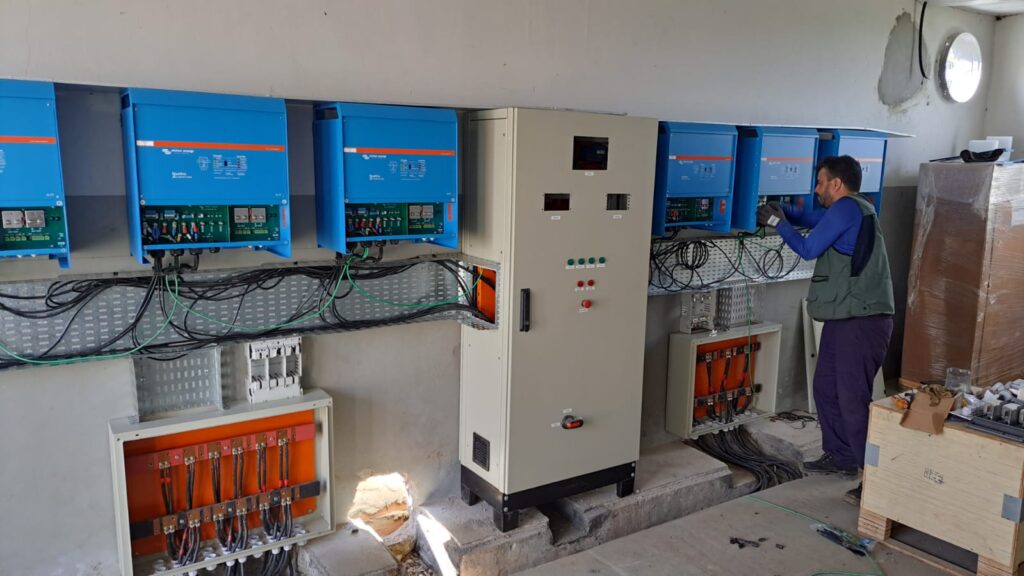
In normal operation, one 45 kVA system supplies energy to the army compound – and also to the residents of a nearby indigenous village. As part of the installation the opportunity has been taken to provide an indigenous tribe with reliable energy for the first time via a mini grid.
If stored-energy runs low, the PLC will activate the second 45kVA system, and if one of the systems should fail, that system can be by-passed altogether …or either system can run using generators, alone. The idea is to have the maximum redundancy with automatic cascading of power provision – and no need for engineering support or even for unskilled manual interaction. After all, professional help is more than 1000 difficult kilometres away!
Pre-delivery testing to ensure perfect operation of the PLC and auto-functionality of this system was of critical importance, and was carried out at the Baratec Laboratory. We carried the story of Argentinian-based Baratec a few weeks ago on these pages.
Notwithstanding automation, and remote monitoring, both systems include a GX Touch 70 touch screen device which allows instant local access to all power data – allowing users to monitor the state-of-charge, power input and loads.
The first system takes its solar charge from six solar arrays of 10,4 kW each, which are wired to each of 6 SmartSolar MPPT RS 450/200 for storage in 15 x Lithium eBick 280 PRO batteries. The second system has a similar arrangement but uses 4 SmartSolar MPPT RS 450/200 to feed a 12 x Lithium eBick 280 PRO bank. The total battery storage for the system is 363kWh.
SmartSolar MPPT RS solar charge controllers are suitable for systems with large series-connected PV arrays and 48 V DC battery banks. In this installation there are 720 Kyocera solar panels capable of providing 187kWp.
Four Fronius Symo 15.0.3 three-phase AC inverters work seamlessly with the Victron Energy system – the Cerbo GX communication device of which is able to control the Fronius output power. An in-depth textual and video presentation about how to install and programme AC-coupled PV using Fronius PV Inverters can be found here.
The system’s DC voltage is 48V, the Programmable Logic Control devices run on 24VDC – to achieve the conversion there are 2x Orion-Tr 48/24-5A (120W) Isolated DC-DC converters.
Technology, Research, Industry Collaboration
The national rollout of these installations has been enabled in great part by the technological expertise of Parque Tecnológico Itaipu (PTI) – a research institution whose ambitions are to further the knowledge of sustainable technologies through research, and to encourage collaboration between the development departments in industry, other educational organisations, and end users. Three years ago we carried a story on these pages about PTI and their research into Salt Batteries.
The Frontier Army systems are in fact controlled and monitored from the headquarters of the PTI.
The installations were of national importance in Brazil, making the news headlines on TV with a summary of the journey, and the importance of the installation to the indigenous people who have been connected to the grid.
Portuguese speaking readers will enjoy this broadcast:
The project was carried out by the technicians pictured below:
From left to right they are: Jairo Lemes da Silva (Technician -PTI), Valentin Silvera Diaz (engineer -PTI), Teniente Furtado (army), Leonardo Rosa Martins (Technician -PTI), Rodrigo Esteban (Technician ITAIPU) and Kiko Sierich (Photographer -PTI).
Thanks to Jorge Ortiz – Victron Energy’s regional sales manager for Argentina, Bolivia, Brazil, Guyana, Paraguay, Uruguay – for providing information about this vital, and remote, installation.
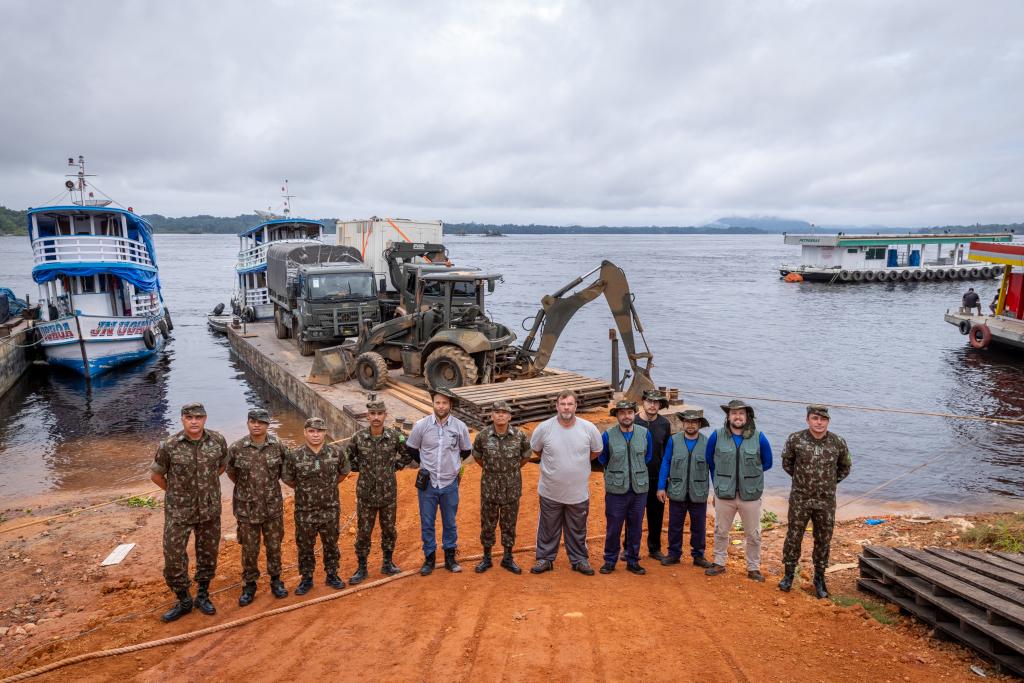
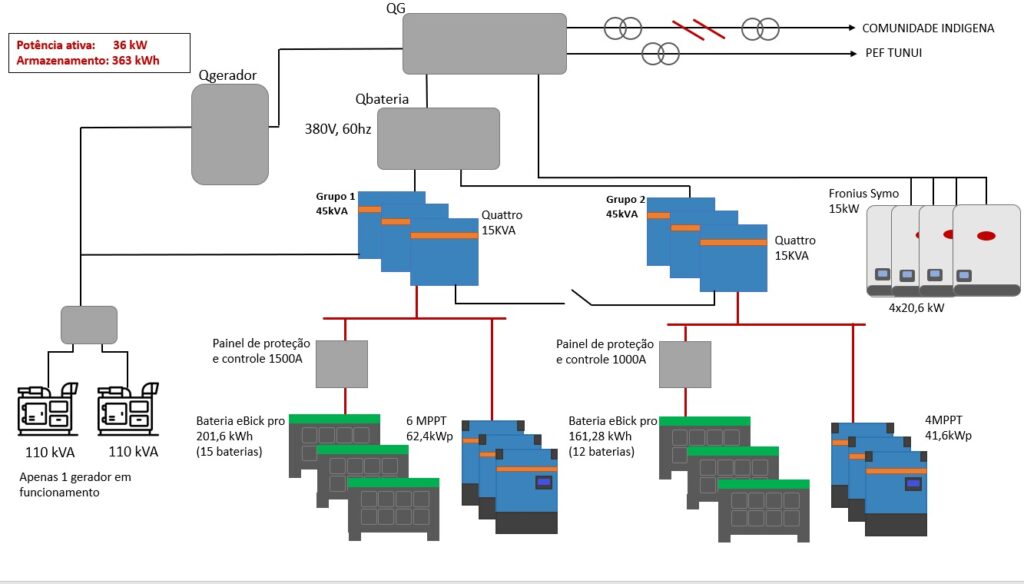
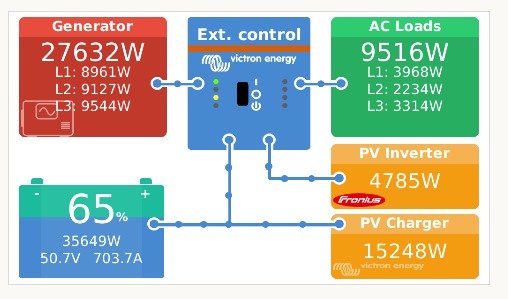

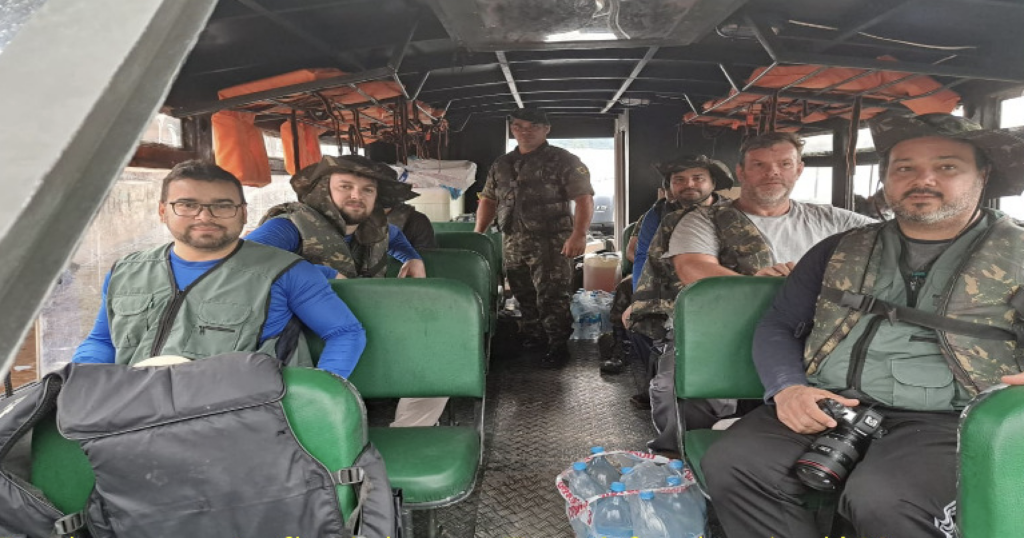












 #victronenergy #adventure
#victronenergy #adventure
 ELECTRICS
ELECTRICS 
